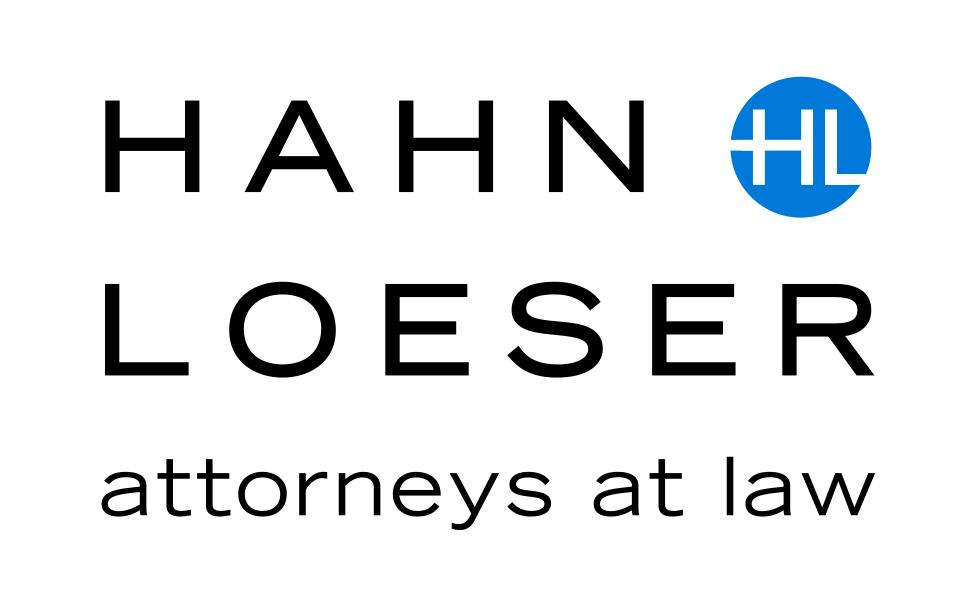On May 11, 2016, President Obama signed a new federal trade secret act into law that will give employers and businesses a new right to file trade secret claims in federal court. That legislation, the Defend Trade Secrets Act (DTSA), moved swiftly through Congress as the Senate voted 87-0 in favor of the legislation on April 4, 2016 and the House of Representatives passed the bill by a 410 to 2 vote on April 30, 2016.
What will the DTSA’s passage mean to employers and the business community? First, the DTSA will now provide them with the ability to present their trade secret claims in federal court in a new federal cause of action. Second, the DTSA will provide a new and unique procedural remedy, called an ex parte seizure order, that is designed to prevent the dissemination of trade secrets in extraordinary situations. Third, the DTSA has created an immunity for whistleblowers that will require employers to amend their policies and agreements. Finally, for companies that believe that their trade secrets have been stolen overseas, the DTSA will provide a powerful federal remedy for them here in the U.S.
Overview of the DTSA’s History
Unlike previous trade secret bills that attempted to create a federal civil remedy for trade secrets law, the DTSA was introduced with strong bicameral and bipartisan support. The DTSA was introduced as S. 1890 on July 19, 2015 by Senators Orin Hatch (R-UT), Christopher Coons (D-DE), Jeffrey Flake (R-AZ), Richard Durbin (D-IL), Thorn Tillis (R-NC) and Tammy Baldwin (D-WI); an identical version, HR. 3326 was introduced that same day in the House by fifteen members of the House of Representatives including Representatives Doug Collins (R-GA), Jerrold Nadler (D-NY) and John Conyers (D-MI).
The DTSA received strong support from a broad coalition of businesses and organizations including Boeing, Intel, Micron, Eli Lilly, DuPont, the American Bar Association’s Intellectual Property Section and the American Intellectual Property Law Association. By the time the DTSA was presented to the floor for vote, it had 65 co-sponsors in the Senate and 165 co-sponsors in the House of Representatives.
A Primer on the DTSA’s Key Provisions
The DTSA amends the existing Economic Espionage Act, 18 USC § 1831, a federal criminal statute enacted in 1996 to combat industrial espionage and trade secret theft. Prior to the DTSA’s enactment, most businesses had to rely on a particular state’s implementation of the Uniform Trade Secrets Act (UTSA), which has been adopted in some form by forty-eight states, or the common law as reflected in the Restatement of Torts and the Restatement of Unfair Competition. Following the DTSA, those state options will still be available, but parties will also have the option of filing their claims directly in federal court to take advantage of federal discovery procedures and remedies that are available under the new act.The DTSA also will provide a clear federal law to apply in the enforcement of trade secret rights in a Section 337 Action before the International Trade Commission (ITC).
The DTSA’s trade secret definitions are very similar to the definitions supplied under the UTSA. To establish a trade secret under the DTSA, a business will essentially have to show three things: (1) that the business used reasonable measures to keep that information secret; (2) the information derives independent economic value from not being generally known to the public—in other words, it is valuable because it is secret; and (3) the trade secret is not readily ascertainable through proper means—meaning it can’t be easily recreated.
The potential range of information that can qualify as a trade secret also is very broad. The statutory definition includes “all forms and types of financial, business, scientific, technical, economic, or engineering information, including patterns, plans, compilations, program devices, formulas, designs, prototypes, methods, techniques, processes, procedures, programs, or codes, whether tangible or intangible, and whether or how stored, compiled, or memorialized physically, electronically, graphically, photographically, or in writing.”
In addition to proving that the information is a trade secret, a business owner must demonstrate that another party misappropriated the trade secrets or there is a threat they will misappropriate the trade secrets. Again, the DTSA’s definition of misappropriation is substantially similar to that of the UTSA and it broadly includes the misuse of that information by another who has a duty of confidentiality or has reason to know that the information is a trade secret and should not be used or disclosed.
The DTSA, however, has three unique features:
- The DTSA provides for an ex parte seizure order for extraordinary situations to prevent the dissemination or propagation of trade secrets. Under this provision, a business would approach the court without notice to the defendant and secure an order that would direct law enforcement officials to seize specific property that contained the stolen trade secrets. The seized materials would not be copied or shared without the consent of the defendant and a hearing would be required in 7 days so that the defendant could be heard on the seizure. If the court were to find that the order should not have been issued, the business that requested the seizure could be subject to attorney’s fees and damages for an improper seizure. The procedural burden for this seizure order will be very high; for example, it will require proof that a defendant would evade or disobey an order if notice were provided, that a temporary restraining order would be inadequate, and specific evidence as to the location and possession of the trade secrets that were taken.
- The DTSA provides a “whistleblower” immunity defense that allows employees to share evidence of alleged misconduct with government authorities or present that evidence in support of a retaliation claim under seal in court. The DTSA requires employers who want to take advantage of the DTSA’s full protections to amend their contracts, employee agreements, and policies to provide notice of that defense to its employees, which has been broadly defined to include independent contractors. If a company fails to include that notice in its agreements or policies, it would be foreclosed from seeking claims for attorney’s fees and exemplary damages under the DTSA.
- The DTSA forbids injunctions that would prevent an employee “from entering into an employment relationship.” While the DTSA will allow a district court to impose conditions on that subsequent employment to protect the employer’s trade secrets, this language may complicate efforts to enforce non-competes in federal court, at least in the short term as courts interpret this language. So state law trade secret remedies will remain important alternative avenues for trade secret protection and enforcement.
Key Takeaways for Employers and Businesses
- To take full advantage of the DTSA, companies may need to amend their agreements or policies to provide adequate notice of the whistleblower defense.
- Employers may want to reconsider attempting to enforce their non-competes under the DTSA and instead rely on state law and remedies to avoid complications under the DTSA’s limitation on restrictive covenants.
- Employers may want to ensure that their agreements with international partners have forum selection clauses and choice of law provisions that will enable them to invoke the DTSA in the event of a dispute over their trade secrets.

